Improve Human Trafficking Investigations

Human trafficking is a challenge that transcends borders, so we must partner with allies across the globe to detect human trafficking, connect victims with supportive services, and strengthen accountability.[1]
— President Joe Biden
Human trafficking is almost unimaginably prevalent. Defined by the United Nations as the act of “recruiting, harboring or obtaining” a person for labor “through the use of force, fraud, or coercion,”[2] the FBI believes it to be the world’s third most-often committed crime,[3] with an estimated 24.9 million victims worldwide.[4] In fact, the Association of Certified Anti-Money Laundering Specialists estimates that traffickers enslave another human being every four seconds.[5] Illicit proceeds from human trafficking total $150 billion a year.[6]
The problem is so severe that more than 180 countries have ratified or acceded to the United Nations Protocol to Prevent, Suppress and Punish Trafficking in Persons.[7] And Target 8.7 of the United Nations Sustainable Development Goals calls for “immediate and effective measures to eradicate forced labour” and “end human slavery.”[8]
Given the scope and severity of human trafficking, it may be surprising to learn that prosecution rates for this crime are abysmal — and conviction rates are even worse. The U.S. State Department's Trafficking in Persons Report notes that court systems globally prosecuted only about 15,150 human traffickers in 2019.[9] And, according to the United Nations Office on Drugs and Crime, fewer than 0.04% of suspected traffickers are convicted each year.[10]
Human trafficking: a worldwide travesty
Human traffickers threaten vulnerable people around the globe, preying on those living in extreme poverty; people lacking strong family or social networks; people living in politically disorganized or unstable regions; and people suffering through natural disasters. Children are a particular target. In fact, the United Nations Office on Drugs and Crime estimates that 20% of human trafficking victims are children.[11] Lack of social or governmental safety nets often means trafficking victims are never even reported as missing.
Victims are typically trafficked for purposes of:
Sex
Trafficked women and children are often forced into sex work. This includes prostitution, pornography, dancing in strip clubs, and labor in “spas” and “massage parlors” that serve as fronts for prostitution rings. In the case of child victims, many are used for the creation of child sexual abuse materials.

Learn the basics
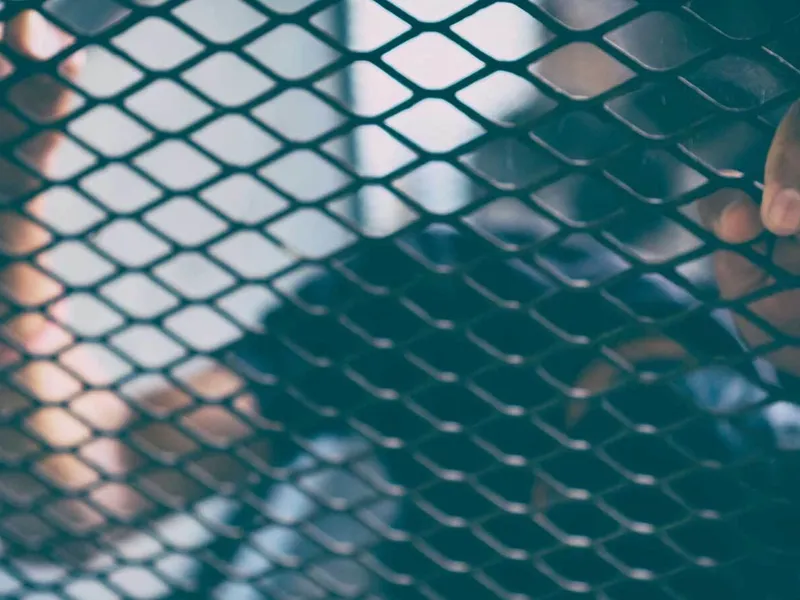
Video
Video Market Brief: Using AI-powered Technology to Improve Human Trafficking Investigations
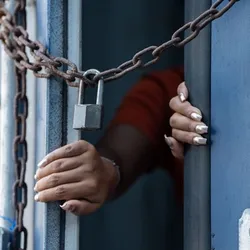
Blog
OSINT Helps Law Enforcement Detect and Prevent Human Trafficking
In Cambodia, 10,000 people — often entire families, including children — work as bonded laborers in the massive brick kilns that fuel China’s construction indus...
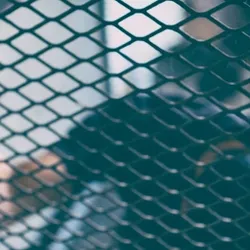
Data Sheet
Using AI-powered Technology to Improve Human Trafficking Investigations
How Babel Street Insights facilitates the use of publicly available information to fight human trafficking.
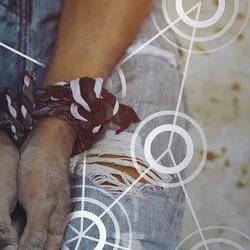
Use Case
Using Babel Street Technology to Detect Human Trafficking
How Babel Street Insights facilitates the use of publicly available information to fight human trafficking.
How traffickers procure their victims
Traffickers employ a variety of tactics to procure victims. A businessman visits an impoverished village, promising young people good jobs in a large Asian city. The youth follow him out of the country. Once they reach their destination, the businessman confiscates their passports. He forces them to work for 18 hours each day, for little or no pay, in sweatshops that produce knock-off electronics. The head of a prostitution ring hires thugs to monitor an unmanned Mexico/United States border crossing. These men lie in wait until they see young, undocumented women attempting to cross. The criminals then kidnap them for use in the prostitution ring. A trafficker convinces desperate parents in a famine-stricken country that he can guarantee a better life for their children by finding them adoptive parents in Western Europe. Parents relinquish custody, and the children are used for the creation of child sexual abuse materials.
In addition to their efforts in the real world, traffickers also trawl modern social media platforms, dating sites and career sites for prospective victims. According to the FBI,[14] traffickers recruit victims through job offers, carefully worded to sound legitimate, placed on social media and professional sites. They woo potential victims on dating apps to get women to visit their “beaus” in the trafficker’s home country, where they are ensnared in prostitution rings or forced labor.
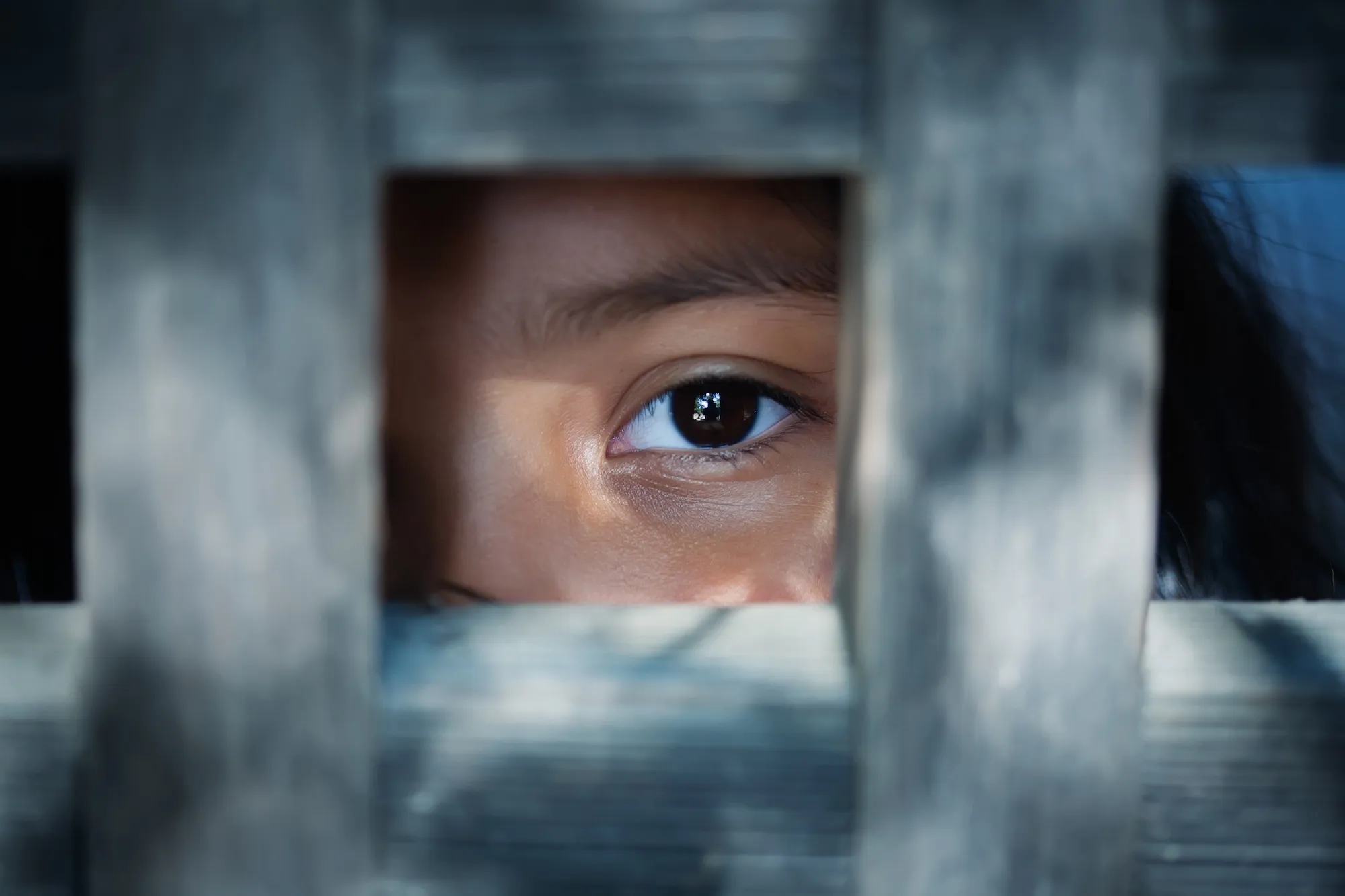
The challenges of investigating trafficking
Different agencies around the globe investigate human trafficking. These include national law enforcement agencies such as the FBI, the National Crime Agency in the United Kingdom, the Royal Canadian Mounted Police, the Australian Federal Police, and others. Many of these agencies — including the FBI — have dedicated human trafficking task forces. The United Nations Office on Drugs and Crime works with these agencies to support cross-border and worldwide efforts to stop trafficking. Customs and border security agents also play a role, striving to spot potential traffickers and victims at the border. They all face similar investigative challenges.
Human trafficking is hard to spot, and, therefore, hard to prosecute. As noted, traffickers prey on vulnerable people who may never be reported as “missing.” Second, traffickers’ techniques are growing increasingly sophisticated, with highly organized networks that law enforcement agencies often find hard to infiltrate and dismantle. Difficulties in piercing trafficking networks are exacerbated by traffickers’ use of the dark web. Sites on the dark web are notoriously difficult to reach, making trafficking hard to detect, and trafficking networks hard to map and follow.
The cross-border nature of trafficking creates additional prosecution challenges. Trafficking rings can span multiple countries, jurisdictions, and legal systems. Multiple languages may be used in the commission of trafficking. Regional mores can blur the lines between crime and culture: some regions consider certain instances of forced child marriages to be human trafficking, other cultures may condone the practice.[15]
Lack of awareness sometimes has law enforcement arresting the wrong people. Too often, officers mistake trafficked agricultural workers for illegal aliens. Women trafficked for sex are mistaken for prostitutes. They are treated as criminals rather than victims.
Finally, human trafficking is a severely underreported crime. Fear of retaliation, fear of law enforcement, and a feeling of shame about their plights too often leave human trafficking victims hesitant to seek help. And law enforcement can’t investigate cases it doesn’t know about.
Improving detection with collaboration and technology
Collaboration combined with improved, AI-powered insight can help law enforcement better detect, prosecute, and convict human traffickers. It starts with improved international collaboration.
“Partnerships are the essential foundation for sustainable and successful anti-trafficking work,” said Cindy Dyer, Ambassador at Large for the Department of State’s Office to Monitor and Combat Trafficking in Persons. She added that “… governments should partner with one another, civil society, and technology companies to raise awareness, detect predatory behavior on online platforms, and appropriately identify and provide assistance to victims.”[16]
Dyer drives home the importance of new technologies in spotting and stopping traffickers. She suggests that those investigating human trafficking — including governments, front-line workers, and the private sector — “harness advanced tools” to “detect predatory behavior on online platforms, and appropriately identify and provide assistance to victims.”[17]
These tools can help law enforcement and others implement intelligence-led policing, or the practice of using advanced data-collection techniques coupled with analytics to generate valuable intelligence for use in detecting and prosecuting human trafficking. Intelligence-led policing helps law enforcement officers and others proactively find offenders and networks, spot trafficking geographic hot spots, and prioritize investigations.

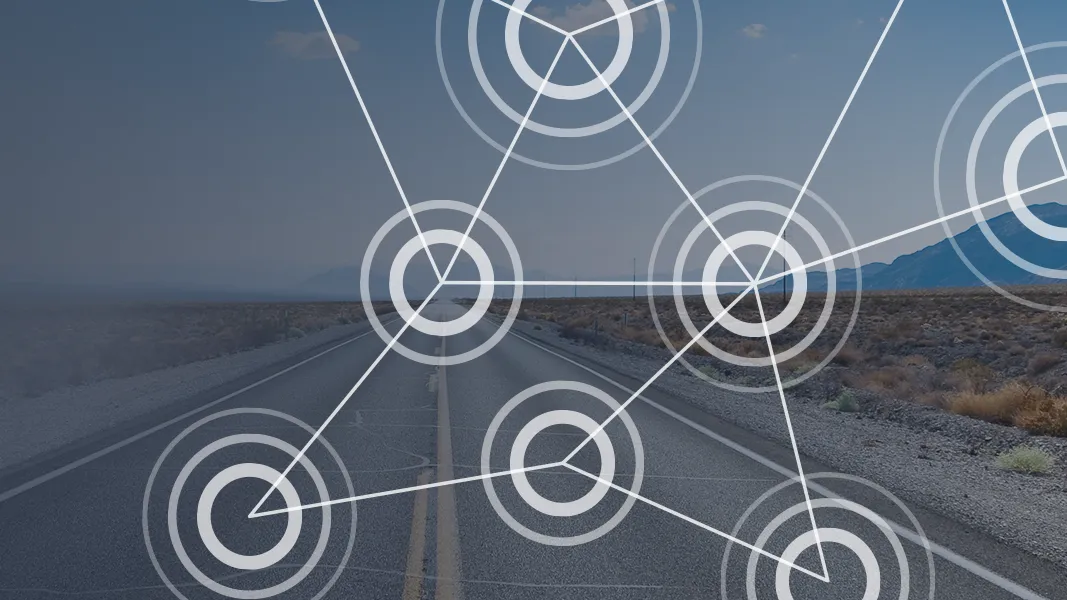
The human trafficking web
“Trafficker” or “human trafficker” is the most used phrase to describe those who enslave other human beings for the purposes of forced labor or sexual abuse. However, there are several categories of criminals who make human trafficking possible.
Recruiters identify and approach potential victims — either in real life or online — luring them into situations where they can be exploited. They may be paid for each person they entrap.
Traffickers are people directly involved in transporting and harboring victims for use in forced labor or sex work, employing tactics such as fraud, deception, and force.
Facilitators are criminals who provide logistical support to traffickers. They may arrange transportation; provide safe houses; bribe officials to ignore signs or instances of trafficking; and launder the money made from trafficking.
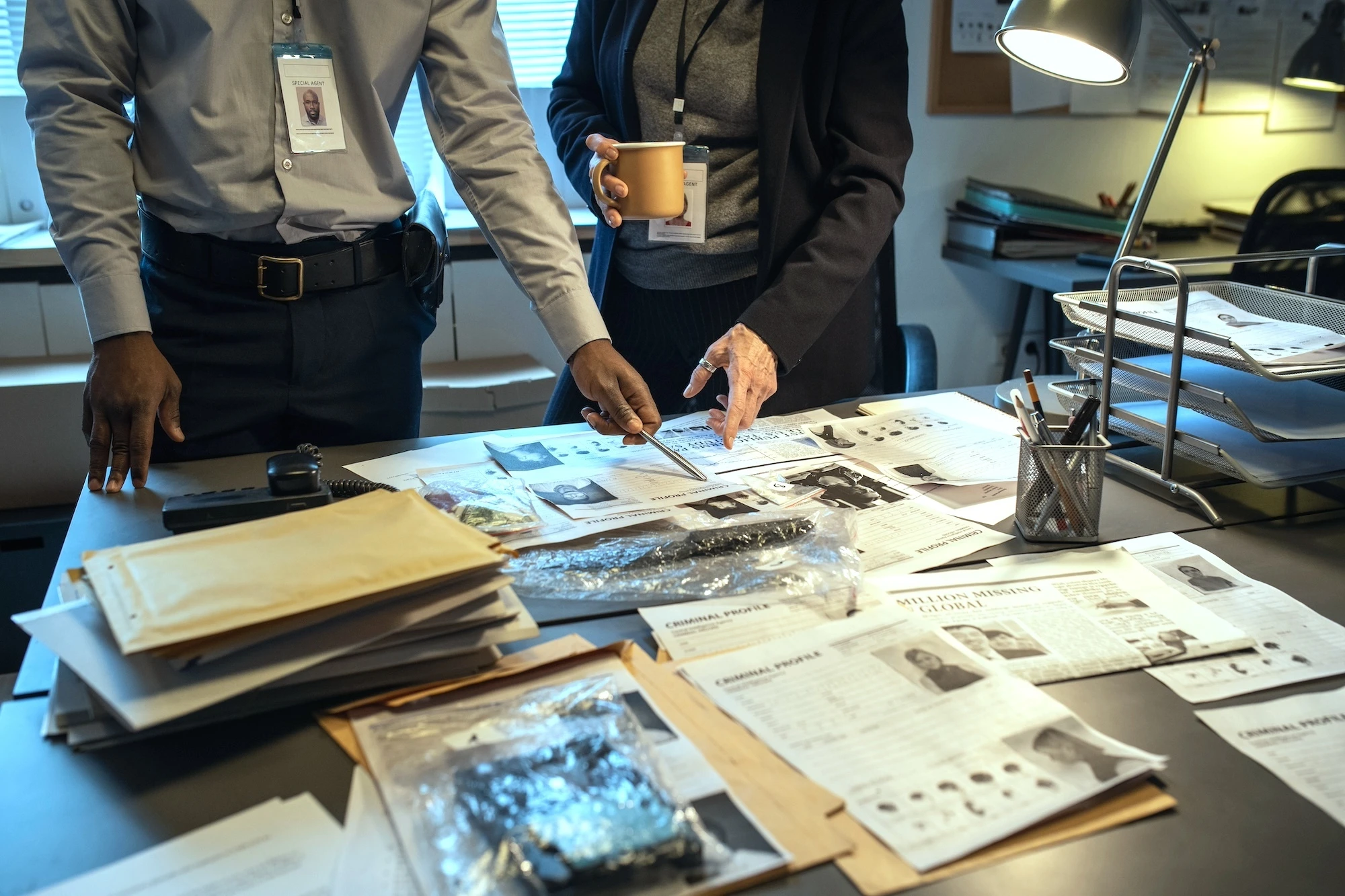
Essential to this effort is open-source intelligence (OSINT)
OSINT is intelligence gleaned from publicly available information (PAI) and commercially available information (CAI). AI-powered OSINT platforms can help investigators gather, coalesce, and analyze PAI, CAI, and law-enforcement privileged information to help investigators:
Identify online advertisements associated with trafficking
Investigators can use OSINT platforms to examine social media sites, dating apps, professional platforms, and discussion boards for the type of posts and advertisements that may indicate a human trafficking operation. For example, a series of advertisements for suspiciously well-paying domestic jobs targeting citizens of an underdeveloped country that recently suffered a natural disaster may signal a trafficker at work.
Investigators can also search these sites for the type of languages that indicates a human trafficking operation at work. For example, overly sexualized language used to advertise a “day spa” or “massage parlor” may indicate that the institution acts as a front for a prostitution ring.
Identify trafficking activities
Combining PAI, CAI, and law enforcement-privileged information can help law enforcement stop trafficking activities. Consider this. Cambodian girls and women are often trafficked into China for the purposes of forced marriage.[18] If CAI or law enforcement-privileged information indicates the same man regularly travels with several young girls from Phnom Penh to Beijing — booking a hotel room close to Beijing Daxing International Airport, and staying for only one night each trip — law enforcement may decide his activities merit a trafficking investigation. Similar information can help investigators identify trafficking hotspots.
Pierce trafficking networks
Analyzing online connections, communications, financial transactions, and digital footprints can help law enforcement find and map trafficking networks.
Rescue victims
By monitoring social media platforms and other sites for coded messages of distress, OSINT platforms can help law enforcement spot and aid victims.
Improve prosecutions
OSINT can provide valuable evidence for prosecuting traffickers and dismantling trafficking networks. Collecting digital evidence, including communications and advertisements, helps authorities build stronger cases.
Raise awareness
Information gleaned from OSINT on trafficking trends and tactics can be used to inform awareness efforts — helping individuals to keep themselves safe, and government agencies to craft strategies that keep pace with evolving trafficking methods.
How Babel Street can help
The amount of data available for search doubles every two years. How can law enforcement possibly collect and analyze it for the insight needed to spot and stop human trafficking?
Babel Street Insights is an AI-powered OSINT platform that provides persistent searches of thousands of sources of publicly available information and commercially available information. To provide law enforcement with the insight needed, our technology scours data sources published in more than 200 languages and translates results into the user’s language of choice. Information sources include more than a billion top-level domains; commercially available sources; and real-world interactions generated on chats, social media posts, online comments, and message boards.
Insights further enhances investigations through searches of the dark web — or websites that are inaccessible by standard search engines. Because the nature of the tools used to access the dark web ensure anonymity, it is a hotbed of illegal activity — including human trafficking. Dark web search capabilities enable investigators to quickly and efficiently find information they wouldn’t otherwise be able to access.
Another capability, Babel Street Insights Synthesis, can help investigators better understand human trafficking networks. Babel Street Insights Synthesis rapidly maps key relationships within social networks. It automatically examines hundreds or thousands of relationships within a specific social network, uncovering previously unknown or hidden connections, and identifying those participants who wield the most influence.
Geolocation and telemetry data that can track human traffickers during surveillance and enforcement operations is available to qualified government organizations.
Using Babel Street can help law enforcement officials better analyze PAI, CAI and dark web data for insights into criminal recruitment methods, recruitment advertising, trafficking networks, and trafficking patterns — thereby helping law enforcement officials and others build the stronger cases that can stop human trafficking.
Ready to transform data into actionable insights?
Endnotes
1. U.S. Department of State, Trafficking in Persons Report, June 2023, https://www.state.gov/reports/2023-trafficking-in-persons-report/
2. United Nations Office on Drugs and Crime, “Human Trafficking,” accessed April 2024, https://www.unodc.org/unodc/en/human-Trafficking/Human-Trafficking.html
3. Federal Bureau of Investigation, “Public Service Announcement: Human Traffickers Continue to Use Popular Online Platforms to Recruit Victims,” March 2020, https://www.ic3.gov/PSA/2020/PSA200316
4. Ecker, Emma: “Breaking Down Global Estimates of Human Trafficking: Human Trafficking Awareness Month 2022,” Human Trafficking Institute, January 2022, https://traffickinginstitute.org/breaking-down-global-estimates-of-human-trafficking-human-trafficking-awareness-month-2022/#:~:text=24.9%20million%20victims%20of%20human%20trafficking&text=The%2024.9%20million%20figure%20includes,every%20region%20of%20the%20world
5. Krupena, Silvija, “Human Trafficking: Detection and Investigations,” ACAMS Today, January 2023, https://www.acamstoday.org/human-trafficking-detection-and-investigations/
6. Ibid
7. United Nations, “Protocol to Prevent, Suppress and Punish Trafficking in Persons, Especially Women and Children, supplementing the United Nations Convention Against Transnational Organized Crime,” November 2000, https://www.ohchr.org/en/instruments-mechanisms/instruments/protocol-prevent-suppress-and-punish-trafficking-persons
8. United Nations Sustainable Development Goals, accessed April 2024, https://www.unodc.org/roseap/en/sustainable-development-goals.html#:~:text=Target%208.7%20%2D%20Take%20immediate%20and,labour%20in%20all%20its%20forms
9. U.S. Department of State, Trafficking in Persons Report, June 2023, https://www.state.gov/reports/2023-trafficking-in-persons-report/
10. United Nations Office on Drugs and Crime, “Human Trafficking,” accessed April 2024, https://www.unodc.org/unodc/en/human-Trafficking/Human-Trafficking.html
11. Ibid
12. Qian, Isabelle, “7 Months Inside an Online Scam Labor Camp,” The New York Times, December 2023, https://www.nytimes.com/interactive/2023/12/17/world/asia/myanmar-cyber-scam.html
13. Jackson, Will, “US Trafficking in Persons report says Cambodian officials complicit in human trafficking for oneline scams,” Australian Broadcasting Corporation, June 2024, https://www.abc.net.au/news/2024-06-27/us-report-cambodia-complicit-human-trafficking-online-scams/104020954
14. Federal Bureau of Investigation, “Public Service Announcement: Human Traffickers Continue to Use Popular Online Platforms to Recruit Victims,” March 2020, https://www.ic3.gov/PSA/2020/PSA200316
15. U.S. Citizenship and Immigration Services, “Forced Marriage,” accessed April 2024, https://www.uscis.gov/humanitarian/forced-marriage
16. U.S. Department of State, Trafficking in Persons Report, June 2023, https://www.state.gov/reports/2023-trafficking-in-persons-report/
17. Ibid
18. Human Rights Watch, “World Report 2024: Cambodia Events of 2023,” accessed April 2024, https://www.hrw.org/world-report/2024/country-chapters/cambodia#:~:text=In%202023%2C%20the%20Office%20of,%2C%20South%20Asia%2C%20and%20China
Disclaimer:
All names, companies, and incidents portrayed in this document are fictitious. No identification with actual persons (living or deceased), places, companies, and products are intended or should be inferred.